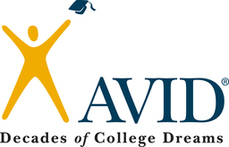In a three-year study, our research team evaluated a grant given by the Raikes Foundation to various school districts across Washington State to help students transition from elementary to middle school. The study gathered student and parent perceptions about middle school and analyzed the services and strategies schools used to help ease the transition.
It turns out, many students form their perceptions of the next school level based on hearsay and stories from their teachers, parents, and peers. It also turns out that many adults still harbor ill feelings about their own middle school experiences. In focus groups, parents shared their own stories of bullies and drama when they were students. Older students and siblings warn incoming students of fights, drugs, mean teachers, and bad food. Students reported hearing their teachers say, “Just wait—you’ll never get away with that kind of behavior in middle school” or “You are going to be in for a surprise when you see how much homework you’ll have.” While many or all of these tales may contain elements of truth, they certainly do not paint the whole picture, or at least not a very optimistic one.
So what are the major concerns of transitioning students? Based on a series of focus groups of transitioning sixth graders, we found students’ biggest worries to be bullying/fights, getting lost, not being able to open their lockers, getting shoved inside a locker, and fitting in socially. You will notice, none of these issues have anything to do with academics. As educators and parents, we can help ease that transition in order to help students focus on important things (like completing their homework and passing tests). Here are some suggestions on how parents, teachers, counselors, administrators, and peers can all help ease the transition with minimal effort.







